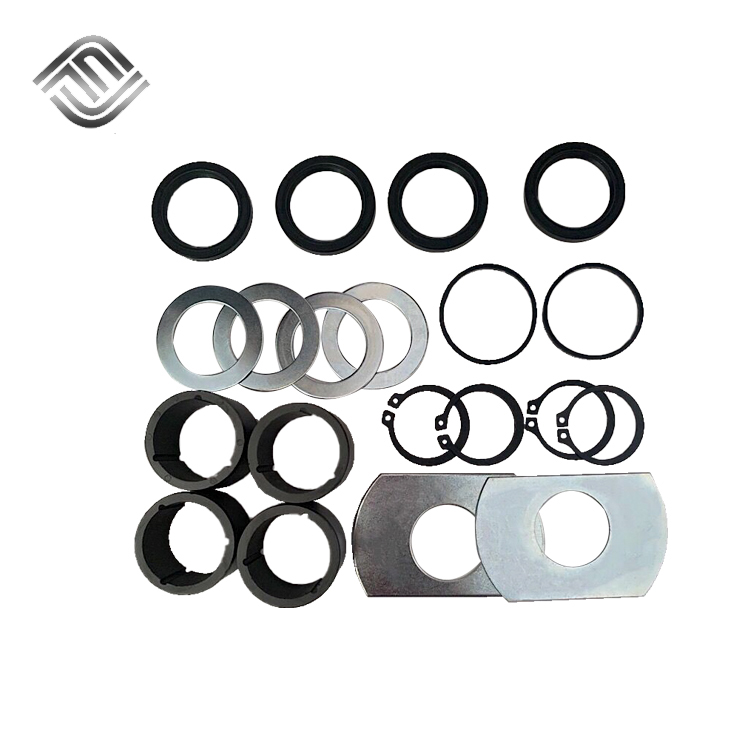In an air-brake system, compressed air flows into the b […]
In an air-brake system, compressed air flows into the brake chamber, where it expands a rubber disc called a diaphragm that pushes a steel plate known as a push rod. This produces a strong mechanical force that applies the brakes to the wheels when the brake pedal is pressed down.
The air pressure in the system is constantly monitored by a dash-mounted pressure gauge, and if it drops below 60 psi, a low-pressure warning switch must come on and signal an electronic signal to a dash light or buzzer to alert the driver. The valve will also allow some air back into the system if it falls below a certain level, until the driver can apply enough pressure to bring the system to its normal operating level.

Almost all trucks and buses have air reservoirs that hold sufficient pressure until the vehicle's air brakes are activated. These reservoirs have special drain valves that can be closed to drain any moisture or other pollutants that may be in the air before it gets to the components in the brake system.
A brake chamber consists of several parts including a diaphragm, a spring, a piston and a pushrod. The diaphragm provides the main source of brake force by expanding like a balloon when air pressure is exerted upon it.
The pushrod is connected to a lever or slack adjuster that links the brake chamber with the brake assembly. When the slack adjuster is extended, it moves the pushrod, which transfers the pressure applied to the brakes to the brake shoes or pads on the brake drum or disc.
Copyright 2018-2024 © Shaoxing Fangjie Auto Parts Co., Ltd. All Right Resrrved. Technical Support : HWAQ OEM/ODM Heavy Duty Truck Brake Parts Suppliers